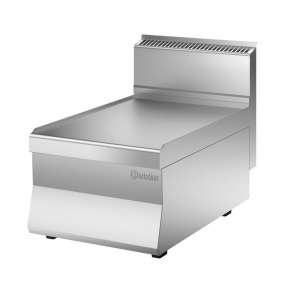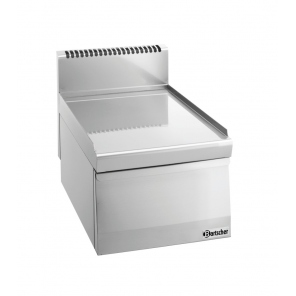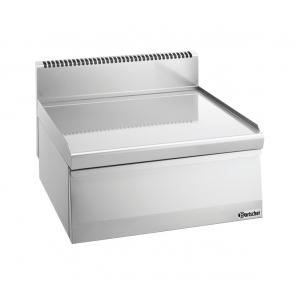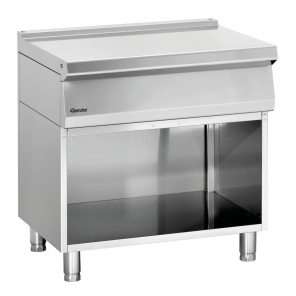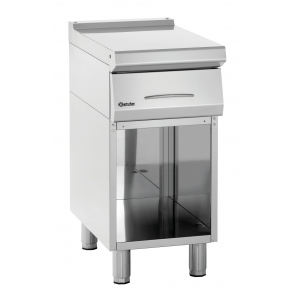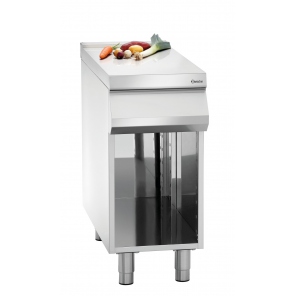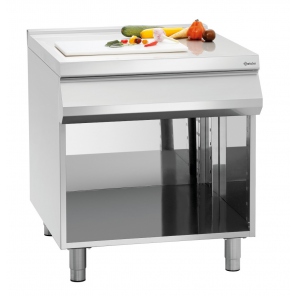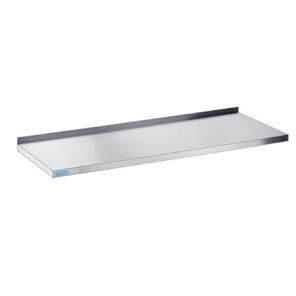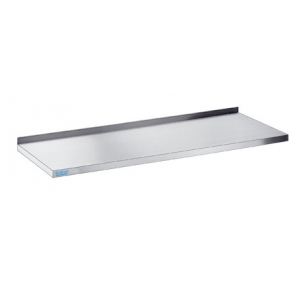2,295.18 zł tax incl.
Series 650 - A series of appliances for the professional kitchen. It is distinguished by optimal use of energy, efficient appliances and user-friendly cleaning. The modular design enables easy and multi-variant setting of devices. Devices made entirely of 18/10 chrome-nickel steel.

























